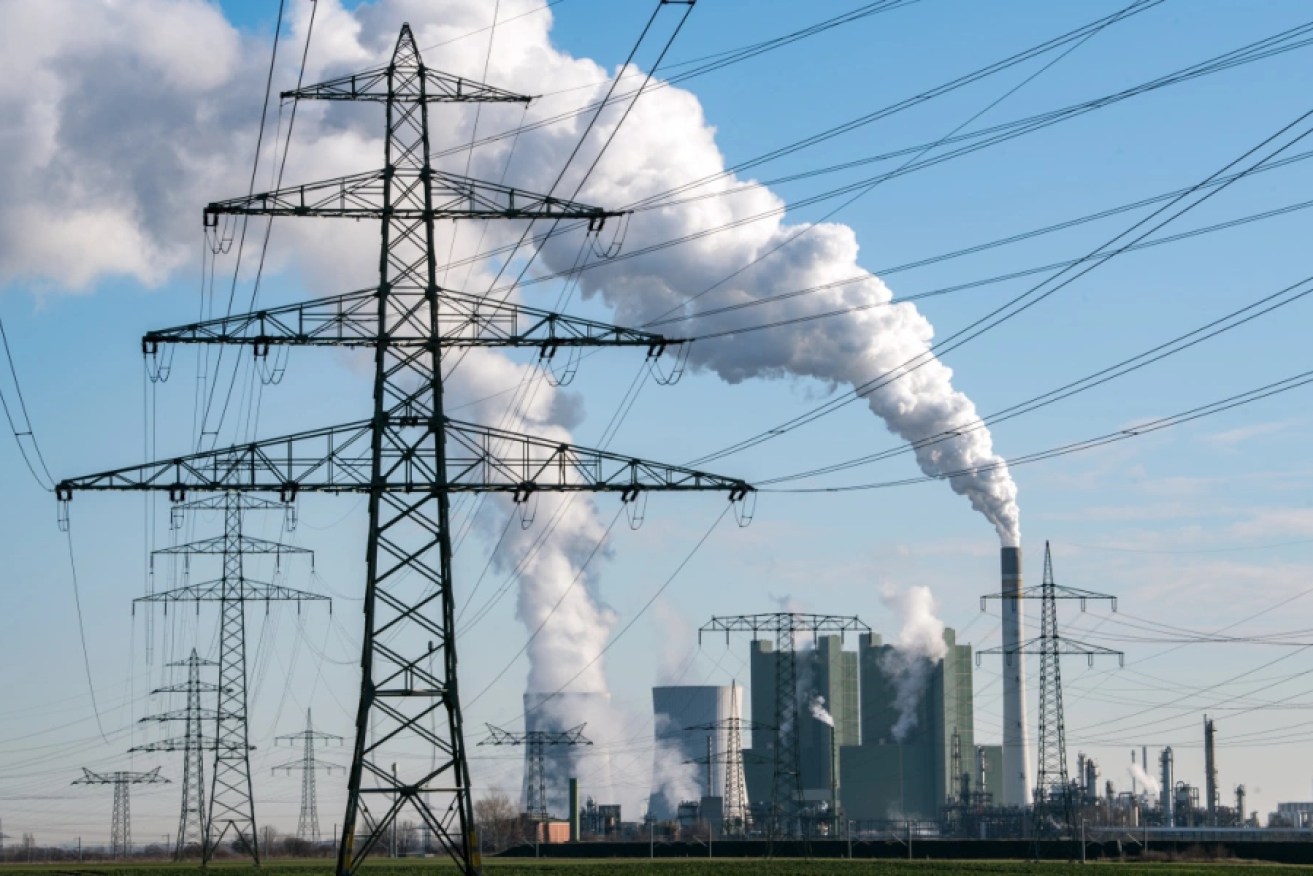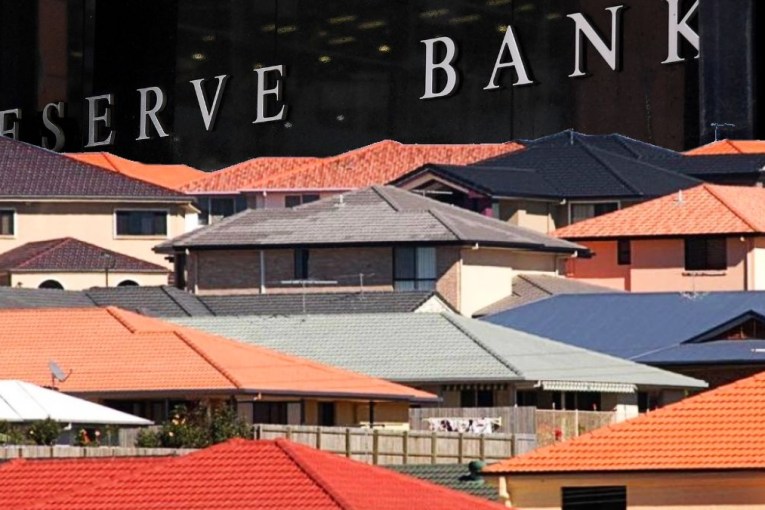Plan to tackle energy stress as bills soar

Treasurer Jim Chalmers says regulation is the preference for managing gas supply and prices. Photo: Getty
Australians living in energy poverty will receive extra support, under the nation’s first consumer vulnerability strategy.
Households are cutting back on power to pay for medicines and food, and many renters are being denied access to cheaper renewable energy and live in homes with poor energy efficiency.
A three-year strategy released on Thursday aims to better support those in hardship, reduce barriers to accessing new ways of powering a home or business and give consumers a say on the overhaul of system.
Many face unaffordable heating in winter and air-conditioning in summer, while the complex energy market is making it harder to understand choices that could cut power bills or unlock hardship support.
“I had no idea about payment plans or extensions until after I experienced my first disconnection,” a single parent quoted in the Australian Energy Regulator plan said.
“Kids were hungry and upset … I made excuses when my friends came over. It was horrible. I hated it.”
The number of consumers repaying energy debt has spiralled to more than 170,000 and the average debt upon entry to a company’s electricity hardship program is $1690.
The average debt of those not in a hardship program has risen 56 per cent to $999, and many (65 per cent) of Australians are concerned energy will become unaffordable in the next 10 years.
The regulator’s report, ‘Towards energy equity – a strategy for an inclusive energy market’, says Australians shouldn’t miss out as the energy system undergoes profound change.
“It is critical that we don’t leave consumers behind, and it’s critical we apply new thinking,” regulator chair Clare Savage said.
“If COVID-19 has taught us anything it’s that vulnerable circumstances, whether they be financial, mental or physical, can touch us at any time.”
The energy sector has grappled for 30 years with how best to serve people with a disability, low incomes, poor literacy or suffer a life crisis and the mental health that often comes with it, she added.
“When your budget might allow a spare $5 or $10 a week, coming back from $2500 worth of energy debt would be almost impossible – it would certainly feel insurmountable,” Ms Savage said.
“We also know that consumers experiencing vulnerability tend to be less able to adopt technology and modify their energy use in response to higher prices, and less able to shop around for a cheaper deal.”
The costs of energy vulnerability are also not distributed fairly across the system, the regulator found.
Currently, consumer-facing energy businesses are managing these costs on behalf of other sector participants including networks and generators.
Australia’s energy ministers established a new National Energy Transformation Partnership in August that includes affordability as a priority.
Protecting vulnerable consumers and making sure all Australians can participate in energy markets is also the regulator’s first objective in its strategic plan for 2020-25.
But energy costs continue to soar, and tariffs are expected to forecast to rise further in the years ahead.
– AAP








